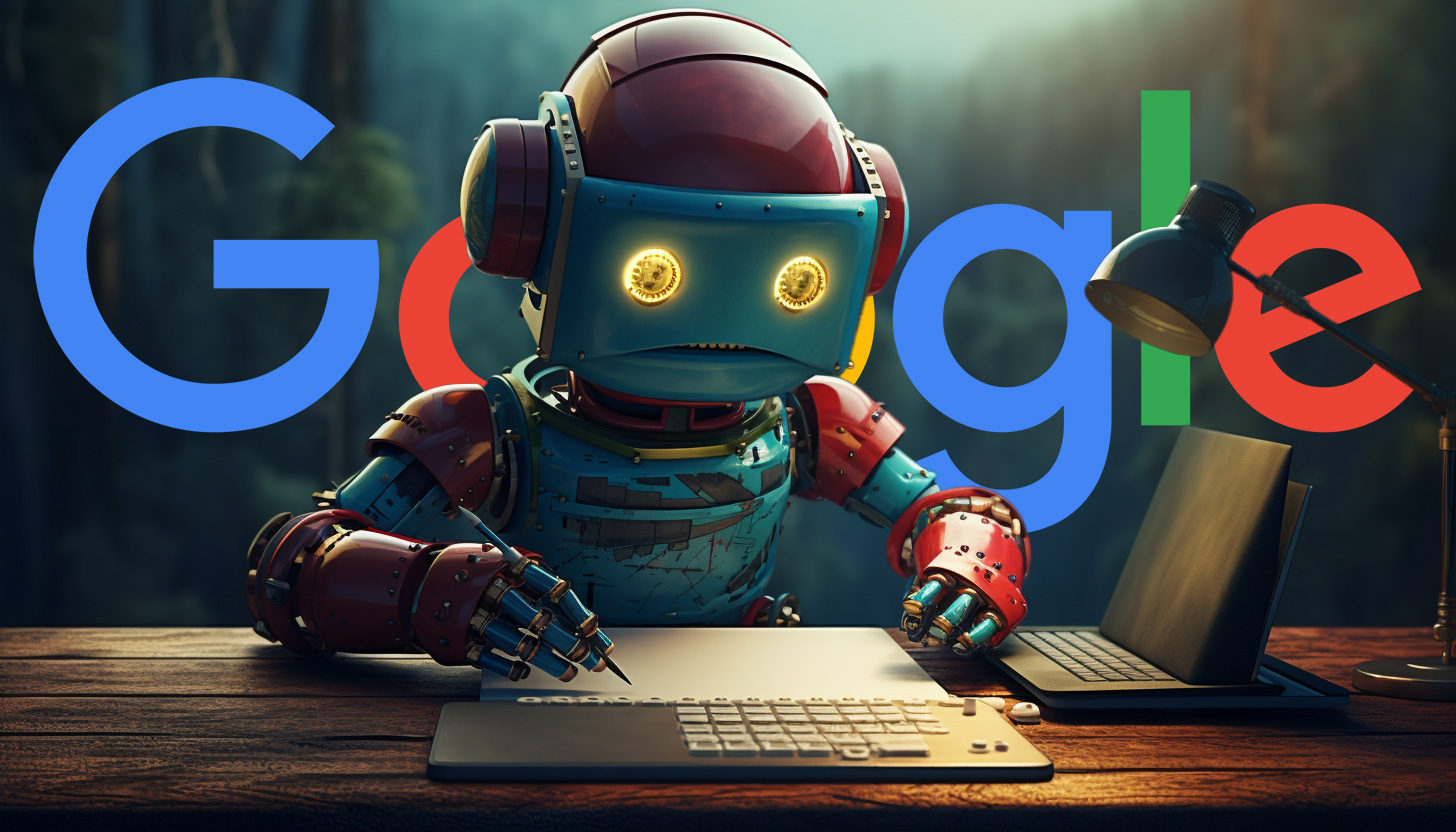Google Didn't Penalise Your Site — It's Simply Confused
Your website traffic has taken a dive. Your top-performing blog post has disappeared from the first page. Panic ensues.

You open the Search Console, bracing for the worst — a manual action? An algorithmic penalty?
Nothing. Silence.
Here's a truth many SEOs won't reveal: Google hasn't penalised your site — it's just confused.
When Google's confused, you're not penalised. You're simply... overlooked.
Why Google Becomes “Confused” (And What That Means) Google isn't an all-knowing oracle. It's a machine — a highly advanced one, yet still a machine. When your content, structure, or signals are unclear, it falters.
It doesn't know your ranking position. It doesn't know your target audience. It doesn't know which page version to prioritise.
So, what happens?
Nothing.
Or worse: your rankings are given to someone else.
5 Reasons Your Site May Be Sending Mixed Signals Let's examine common reasons behind Google's confusion:
❌ 1. Unclear Search Intent Your blog post titled "How to Fix SEO" comes across more as a sales pitch than a how-to guide. Google thinks it’s informative, the user seeks a tutorial — and leaves when they don't find it.
Mismatch = lost rankings.
Fix: Ensure every page clearly aligns with search intent — informational, transactional, navigational, or commercial.
❌ 2. Duplicate or Competing Content You have five blog posts on essentially the same topic. Google can't decide which to rank, so it splits authority… or ignores them all.
Fix: Consolidate overlapping pages. Redirect weaker ones. Develop one robust, intent-matching hub.
❌ 3. Outdated or Thin Content That 400-word post from 2019? It's no longer sufficient. Google sees outdated information, lacks depth, and no new value signals — leading to a quiet drop.
Fix: Update old content with fresh insights, better structure, and internal links to newer pages.
❌ 4. Poor Technical Signals Crawl errors, broken links, misused noindex tags, or incorrect canonical tags? These confuse Googlebot — confusion results in de-prioritisation.
Fix: Run an AI-powered structural audit. Address technical issues. Optimise crawl paths. Resubmit key URLs.
❌ 5. Over-Optimised Pages Yes, that's possible. Keyword stuffing, forced H2s, and anchor text reminiscent of a 2011 SEO playbook can suggest manipulation — not value.
Fix: Write with a human touch, optimise with strategy. Google now understands nuance. Your content should too.
How AI SEO Tools Help Quickly Uncover Confusion Traditional audits take days and still miss patterns. Modern AI SEO tools can identify:
- Intent mismatches
- Crawl anomalies
- Indexation delays
- Orphaned pages
- Semantic content gaps
The best part? They don't just identify problems — they provide solutions.
And quickly.
What to Do When Rankings Drop (But No Penalty Appears) Step one: Don’t assume it’s a penalty. Step two: Audit your site as if Google is blind and needs a guide.
Consider:
- Does the page clearly address the targeted query?
- Are similar pages competing with each other?
- Is the page crawlable, indexable, and linked internally?
- Is it fresh, valuable, and in line with modern content standards?
Once you resolve the confusion, Google typically rewards clarity.
Final Thought: It’s Not Always a Punishment — Sometimes It’s a Shrug Google hasn't blacklisted your site. It simply doesn't understand your message. Until you clarify, your competitors who do will continue to rank.
The fix isn't more content, more links, or more guessing.
It's clarity — in intent, structure, and technical setup.
Want to know where your site is confusing Google?





.svg)


.svg)